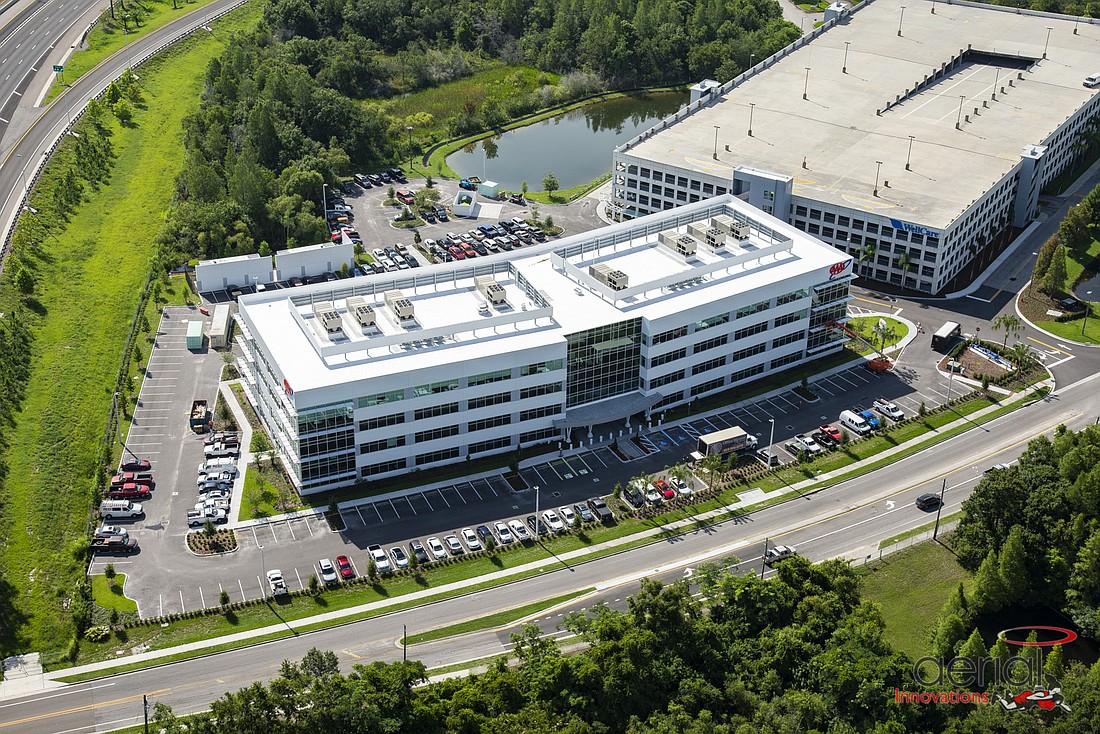- December 19, 2025
-
-
Loading

Loading

Tampa Bay’s annual office rental rate growth is among the largest in the nation, according to a new statistical analysis by commercial real estate research firm CoStar Group.
Over the past 12 months, Tampa Bay’s 5.5% gain in asking office rent rakes the region seventh among all U.S. markets, CoStar notes.